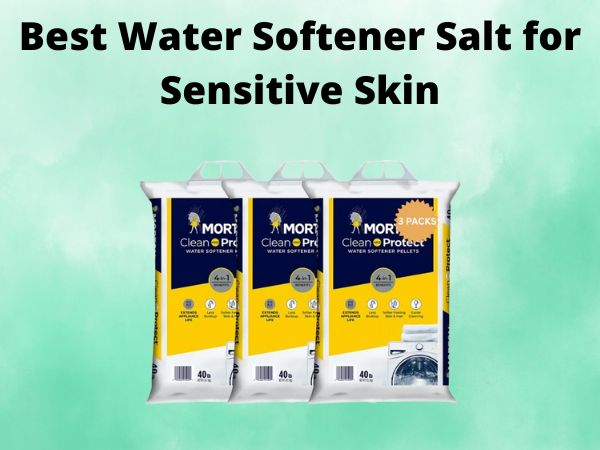How to Clean a Water Bladder [Without Leaving Odor]
Are you an avid hiker or adventure enthusiast? If so, you probably rely on a water bladder to stay hydrated on your journeys. But ever noticed a lingering odor or funny taste in it? Let’s dive into the world of water bladder maintenance and learn how to keep it fresh and odor-free.
Table of Contents
1. Why Cleaning Your Water Bladder is Important
Think of your water bladder as an extension of yourself on long hikes. It carries the lifeblood—water—that keeps you going. Left unchecked, it can develop an unsavory mix of mold, mildew, and bacteria. Yikes!
2. What Causes Odors in Water Bladders?
Imagine leaving milk out in the sun. Gross, right? Similarly, when water stales or residues build up, it leads to unpleasant odors. Understanding the culprits is the first step to prevention.
A. Stagnant Water
Water left sitting in the bladder can become a breeding ground for bacteria.
B. Incomplete Drying
A wet environment inside your bladder is like rolling out the red carpet for mold growth.
C. Residue Build-up
Remember that sports drink you filled it with last? Sugars and flavors can cling stubbornly to the walls.
3. Gear You’ll Need to Clean Your Water Bladder
Ready to tackle that odor? Equip yourself with the right tools.
- A cleaning brush kit specific to hydration bladders
- Mild dish soap or specialized cleaning tablets
- A sponge or soft cloth
- White vinegar or baking soda for those pesky smells
- Warm water
4. Step-by-Step Guide: How to Clean Your Water Bladder
A. Pre-Cleaning Preparations
Before we roll up our sleeves, make sure your workspace is clean and tidy. Remove any leftover liquid from your bladder. Now, it’s time to get to work!
B. Disassemble the Bladder
Take apart the different components—tube, cap, and bladder itself. This makes it easier to clean every nook and cranny.
C. Basic Cleaning Method
Fill the bladder with warm water and a few drops of dish soap. Use a brush to scrub the interior gently.
D. Addressing Stubborn Stains and Smells
If odors persist, add a mixture of water and white vinegar (1:1 ratio). Let it sit for 30 minutes before rinsing thoroughly. Alternatively, a baking soda paste can work wonders.
E. Cleaning the Tube and Bite Valve
Don’t forget these crucial parts! Use a small tube brush or pipe cleaner. Run warm, soapy water through the length of the tube, then rinse with clean water.
F. Rinsing Thoroughly
Once scrubbed, empty the bladder and tubes. Rinse repeatedly with warm water to ensure no soap residue remains.
G. Ensuring Complete Drying
Air drying is your best friend! Hang the bladder with the cap open in a dry, well-ventilated area. Use a hanger or drying rack for best results.
5. Preventing Future Odors
A. Consistent Cleaning Routine
Commit to a regular maintenance schedule after every use. It might feel like one more task, but it’s a small price to pay for fresh water.
B. Safe Storage Tips
Store your dried bladder in a cool, dry place. Avoid folding or compressing it to maintain its shape.
C. Investing in Quality Bladders
Sometimes, the quality of the bladder matters. Investing in a high-grade model can save you hassle in the long run with its enhanced resistance to odors.
6. Environmentally Friendly Cleaning Alternatives
If you’re eco-conscious, there are green cleaning methods too. Lemon juice acts as a natural disinfectant while being kind to the environment. Combine it with baking soda for more potent cleaning action.
Conclusion
Cleaning a water bladder might seem daunting, but it’s absolutely worth the effort. By understanding the causes of odors and following these cleaning tips, you’ll ensure every sip is refreshingly pure, fueling your adventures with confidence.
FAQs
How often should I clean my water bladder?
Ideally, you should clean your water bladder after every use. Regular cleaning prevents bacterial build-up and eliminates odors, ensuring your water remains fresh.
Can I put my water bladder in the freezer?
Yes, you can! Freezing a completely dry water bladder between uses can prevent mold growth and odors from developing.
What if my bladder still smells after cleaning?
If persistent odors remain, consider repeating the vinegar or baking soda cleaning method. Extra scrubbing might be necessary to eliminate deep-seated residues.
Are there alternative cleaning solutions apart from vinegar?
Absolutely. Lemon juice and baking soda serve as effective, natural alternatives to vinegar for eliminating odors and disinfecting your bladder.
Can I use bleach for cleaning my water bladder?
While bleach can be used for sanitizing, it’s crucial to use it in very dilute quantities and rinse thoroughly afterward to ensure no bleach tastes linger.

